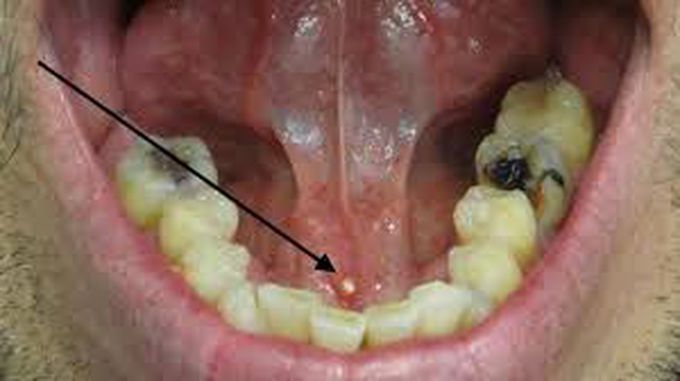


Treatment of sialolithiasis
How do you treat salivary stones? Sialolithiasis treatment depends on the size and location of the stone. Treatments may include home remedies, antibiotics, in-office stone removal or, in some cases, surgery. Home remedies Most of the time, salivary gland stones go away on their own with conservative treatment. You might be able to push the stone out of your salivary duct by drinking lots of water, applying heat or massaging the area. You can also try sucking on lemon drops or other sour candy to stimulate saliva production. Antibiotics If you’ve developed an infection as a result of a salivary gland stone, your healthcare provider will probably prescribe antibiotics. You should take these exactly as directed. In-office stone removal If home remedies aren’t successful, your healthcare provider may try to remove the stone by gently probing the area with a blunt instrument. Sialolithiasis surgery Larger salivary gland stones may require surgery. During this procedure, a surgeon inserts an endoscope into your salivary duct to locate the stone. They’ll use a special instrument to remove the stone. In some cases, a small incision is necessary. Salivary gland removal In rare instances, you may need to have your salivary gland surgically removed. Healthcare providers reserve this treatment for people with severe, recurring (returning) symptoms, or if the stone is in a location that isn’t amendable to removal by conservative

